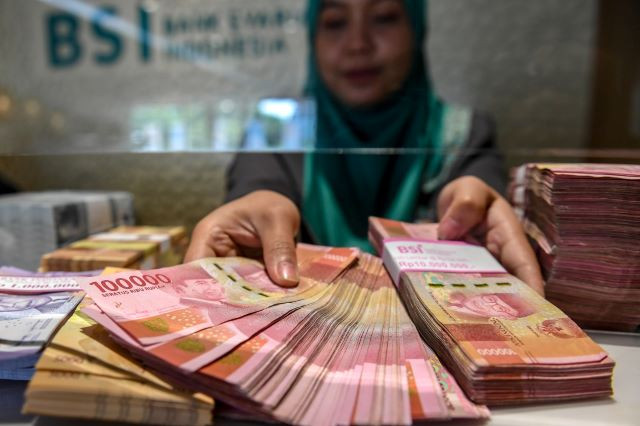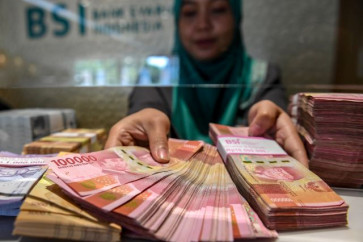Popular Reads
Top Results
Can't find what you're looking for?
View all search resultsPopular Reads
Top Results
Can't find what you're looking for?
View all search resultsBanking’s pricey dilemma: Maximizing profits vs. mitigating risks
Managing the cost of funds significantly impacts a bank's profitability, as it is crucial for effective risk management and diversifying funding sources.
Change text size
Gift Premium Articles
to Anyone
I
n the banking industry, profitability and operational efficiency are crucial for sustained success, and a key aspect of banking operations that significantly impacts profitability is cost of funds.
Cost of funds measures the price at which a financial institution acquires money from various sources, such as depositors, shareholders and other borrowing mechanisms.
The cost of funds directly affects a bank's profitability. Banks earn income by lending money at interest rates higher than the cost of the funds used to acquire those assets. Lowering the cost of funds allows banks to maintain high net interest margins, enhancing profitability in a highly competitive industry. Consequently, optimizing the cost of funds is crucial for banks to improve their bottom line and financial stability.
A lower cost of funds allows banks to offer more competitive interest rates on loans and other financial products. Banks can then attract more customers, leading to an increase in the deposit base and a higher lending capacity. This competitive advantage helps banks retain existing customers and attract new ones, strengthening their market position in the industry.
According to the Integrated Banking Financial Report, third-party funds grew significantly slower as of October 2023 at 3.43 percent year-on-year (yoy). The slowdown is heavily influenced by a shift in public investment to securities, particularly government bonds (SBNs), rather than savings or time deposits.
According to the data from the Integrated Bankin Financial Report, SBNs have shown a slower growth trend of 10.28 percent yoy as of October 2023. This decrease was also caused by a decrease toward the end of the year in corporate demand deposits, especially for state-owned companies. Therefore, increasing the interest rates on funds is an alternative strategy to strengthen intermediation capacity, one of which is by providing special rates to customers.
This is confirmed through the share of time deposits exceeding Rp 2 billion, for which the special interest rate has increased from 18.69 percent in July 2023 to 62.98 percent in October 2023. This increase specifically occurred at rural banks and private national banks.


















